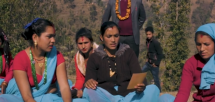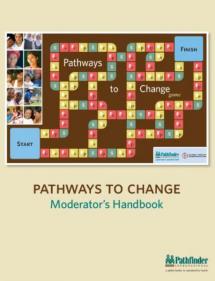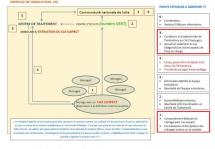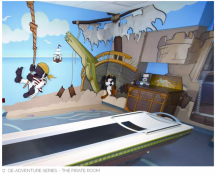Color Pass Game
Suaahara was a five year (2011-2016) project funded by USAID aimed to improve the nutritional status of women and children in 41 districts of Nepal. The project focused on improving health and nutrition behaviors at the household level through promotion of Essential Nutrition and Hygiene Actions (EN/HA), particularly Maternal, Infant and Young Child Nutrition (MIYCN), and addressing other determinants of under-nutrition, such as availability of and access to food, hygiene, quality of health care, child spacing and socio-cultural factors including gender and marginalization.
Suaahara was implemented by a consortium of partner organizations led by Save the Children.
Technical direction to Suaahara on Social and Behavior Change Communication (SBCC) was provided by the Johns Hopkins School of Public Health (JHU/CCP) SBCC team. The team supported the Suaahara partners and Nepal government to develop a research-based SBCC Strategy and then to implement innovative behavior change interventions at the family, community and national levels under a national unifying theme Bhanchhin Aama Campaign. Results show that these activities had measured impact on increasing knowledge, improving attitudes and behavior for nutrition among 1000 days families.
Integrated (Unifying Theme-Bhanchhin Aama) Campaign: Suaahara developed and implemented the integrated Bhanchhin Aama (“Mother knows best”) cohesive platform which linked varied messages and reinforced recommended actions through a wide array of channels including mass media (radio programs, radio spots and billboards), print, and social mobilization. The platform involved multiple sectors (nutrition, agriculture, WASH, health service promotion, family planning), linked Suaahara partners, government and others, and had multiple messages for every target audience (pregnant women, husbands, newly married women, mothers-in-law, etc.).
The SBCC strategy established an internal quality materials review and production system to ensure that all partners in the consortium had mutually reinforcing, quality materials developed, pretested, produced and disseminated to the end user.
Color Pass Game
Suaahara developed and produced Color Pass Game on the content Hygiene and Sanitation and importance of growing and consumption of Dietary diversity food targeting to Child Club members and students.
Source: Johns Hopkins Bloomberg School of Public Health/ Center for Communication Programs
Date of Publication: March 25, 2019









